A look back on 25 years of Mercedes in India
2019 marks the silver jubilee of Mercedes in India. We look back at the story so far.
Published On Feb 23, 2019 07:00:00 AM
45,295 Views
Follow us onMercedes was no stranger to India, having sold its trucks along with Telco (now Tata Motors), from 1954 to 1969. But in 1994, after the Indian economy finally liberalised, it formed a tie-up with Telco to enter the luxury car market in India. The segment was still developing, but with an eye on the future, Mercedes launched the W124 series E220.
The car was built at a new facility within Telco’s premises in Pune and was sold for an on-road price of about Rs 20 lakh. It offered high levels of comfort and luxury, but the trouble was that the new-generation W210 E-class had been introduced globally and the idea of having the older car in the market didn’t go down well with potential customers here. A year later, a diesel engine was introduced, but this didn’t help turn things around either. Plant capacity was at 10,000 units per year and the plan was that by 1996, sales should hit 7,500 units. However, only 1,783 were sold and the following year saw sales of just 592 units.
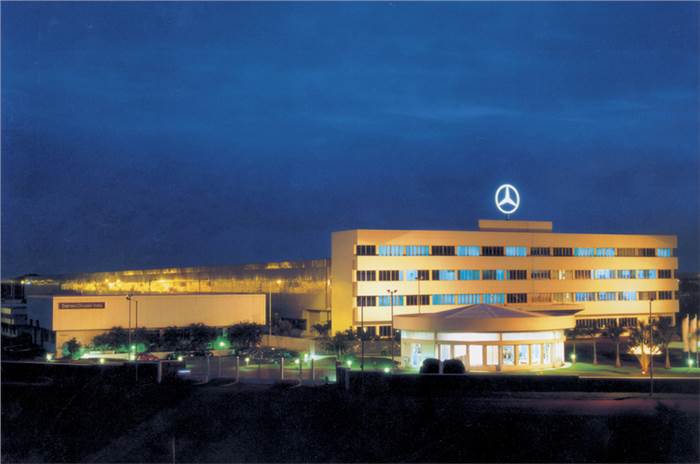
Rather than pack up and head back home, Mercedes downsized its operations and began introducing new models. The W124 was replaced by the W210 series E-class in 1998, and a facelift followed in 2000. The same year, the company launched the mighty S-class and by the end of the calendar year, it made a turnaround with a net profit of Rs 20 crore.
The star was finally shining. Interestingly, in 1999, the plant in India was awarded the distinction of ‘Best Manufacturing Plant outside Germany for Mercedes-Benz’. It was also way back in 1996 that the company started a R&D Centre in Bengaluru, which today contributes to the global development efforts.

2001 saw the launch of the Merc baby, the C-class, and also a range of completely built-up ◊ ∆ (CBU) models, from the SLK to the SL. This was also the year that the partnership with Telco ended with Mercedes-Benz India becoming a 100 percent subsidiary of DaimlerChrysler.
Having now learned that Indian luxury-car buyers desire the latest, Mercedes began launching models in rapid succession. It brought out the new W211 E-class in 2002, just six months after its global launch.
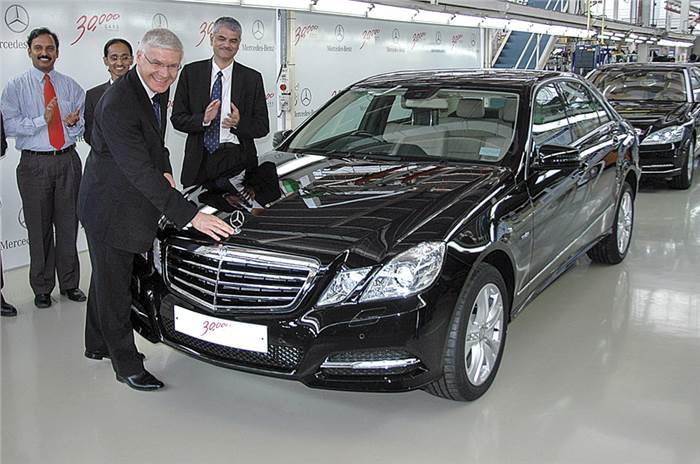
By 2003, the company had produced its 10,000th car in India, and by the following year – its 10th year here – Mercedes India became a Rs 500 crore company with healthy profits of around Rs 45 crore. By then, Mercedes was joined by its two compatriots – Audi and BMW – but held an advantage thanks to its 10-year head start.
Growth in sales came in faster and the company hit the 30,000-unit figure in 2010 and the
50,000-unit mark in 2014. Within just four years after that (2018), it went from 50,000 units to 1,00,000. The growth was no doubt due to market expansion but also it came from an aggressive product offensive and an increase in production capacity – which was doubled from 10,000 to 20,000 units a year, in 2015. This was thanks to a new plant, started in 2009 at Chakan near Pune.

However, it wasn’t all smooth sailing for Mercedes. 2016 saw a flat sales growth due to the ban on registration of vehicles above 2,000cc in its key market of Delhi-NCR, which accounted for 20 percent of its overall sales. Two years later and two years ahead of government stipulation, Mercedes launched India’s first BS-VI-compliant vehicle, the S-class – made in India, for India. The cars were capable of running on the current BS-IV fuel and both the petrol and diesel engine too met the emission norms too.

All through its time here, Mercedes has certainly had its fair share of industry-firsts and a number of significant innovations, but perhaps none as significant as the 10th-generation E-class. In a firm nod to the fact that Mercedes owners are predominantly chauffeur-driven, the company launched the E in only its long- wheelbase format. The bet paid off as the car ran away with segment sales and even today continues to be the highest-selling model for Mercedes in India.
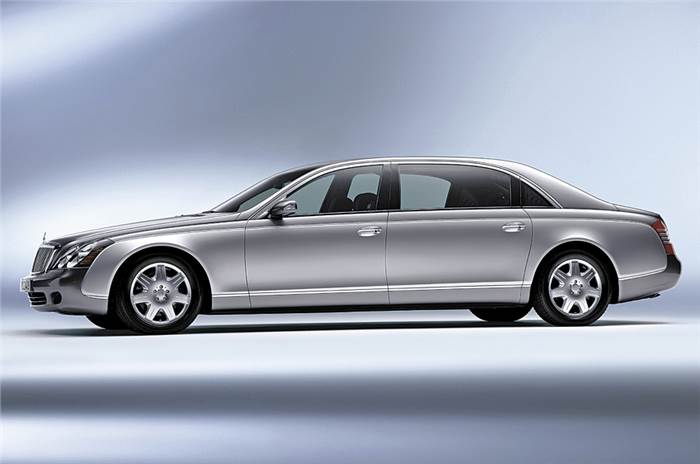
2019: The brand’s silver-jubilee year began in style with the company announcing that sales in the previous calendaryear were at an all-time high of 15,538 vehicles. This was a second year in a row that the brand crossed the 15,000 mark; which means that Mercedes has maintained its leadership
position in the luxury segment for the fourth year in a row.
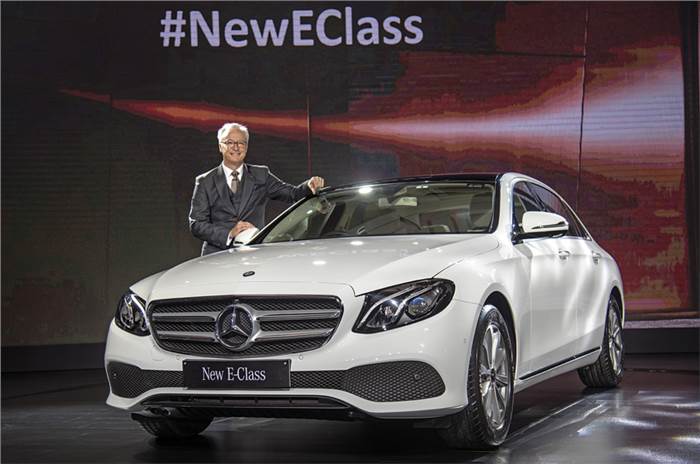
The carmaker announced that ‘Best Never Rest’ will be its motto for the year and says that it’s preparing itself for the next phase of change in the auto industry. And no doubt it should – the next 25 years in India will prove to be more challenging; BMW and Audi are now well-entrenched, and Volvo and Lexus have also entered the fray. The industry is looking at an electric future and autonomous driving. If it intends to maintain its leadership position, Mercedes will have to bank on all of its expertise and, of course, rely on the star guiding its way.
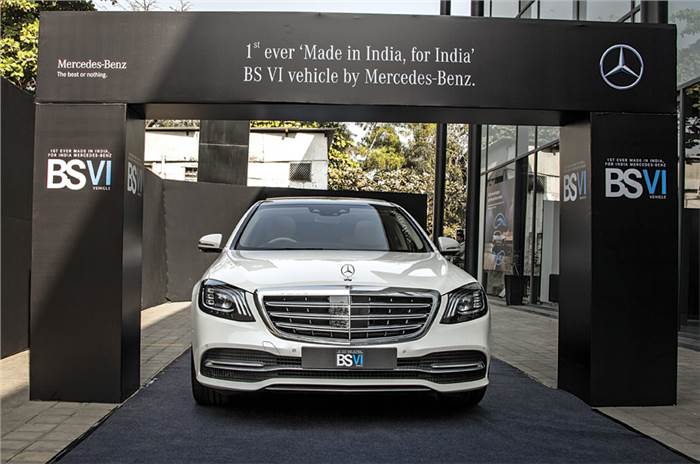
Copyright (c) Autocar India. All rights reserved.

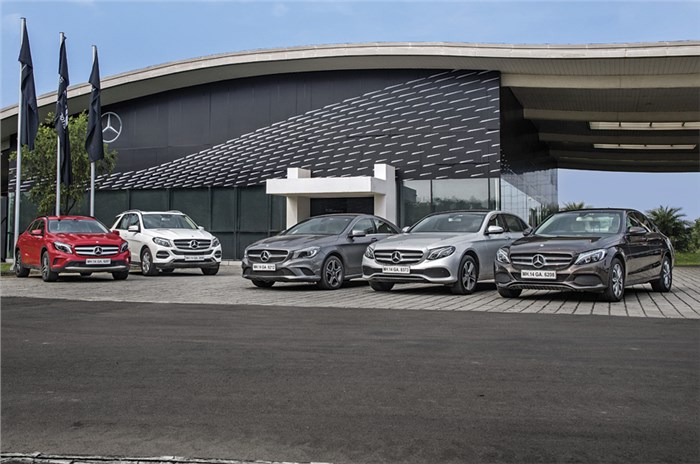
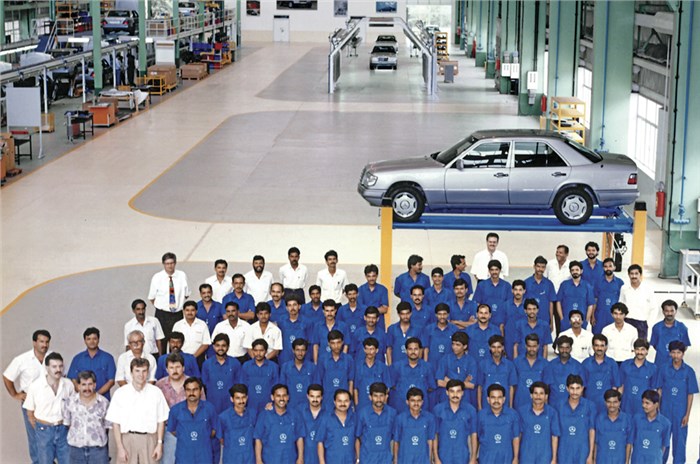
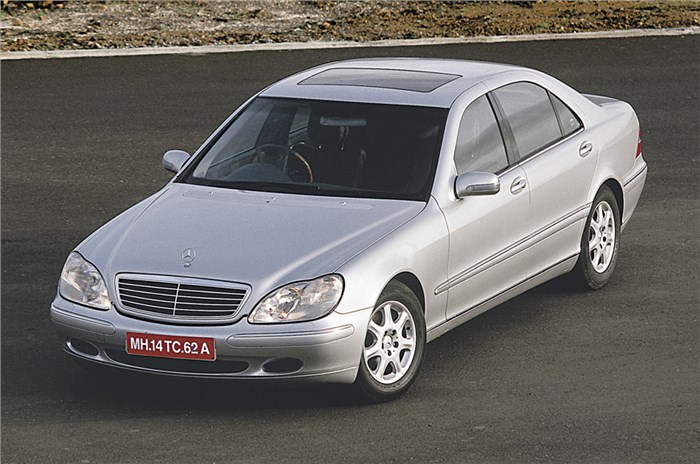







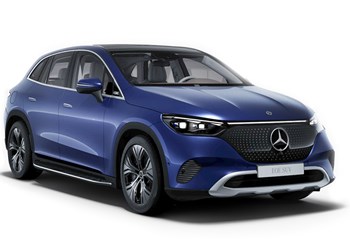


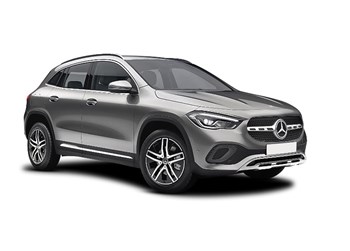


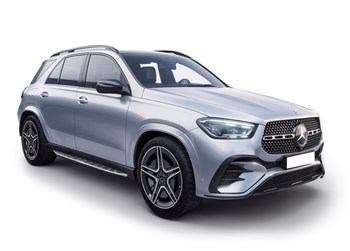
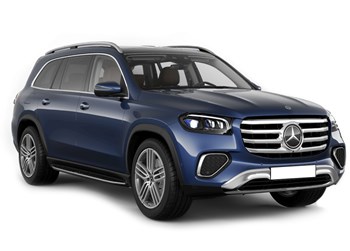
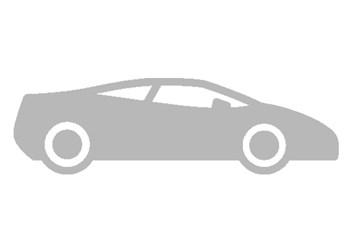
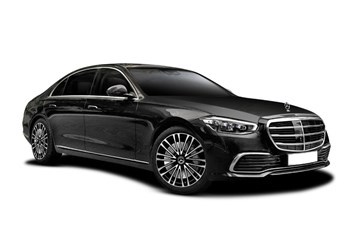

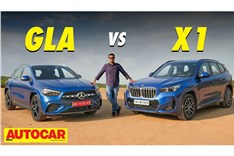

Comments
Member Login
Personal Details
No comments yet. Be the first to comment.